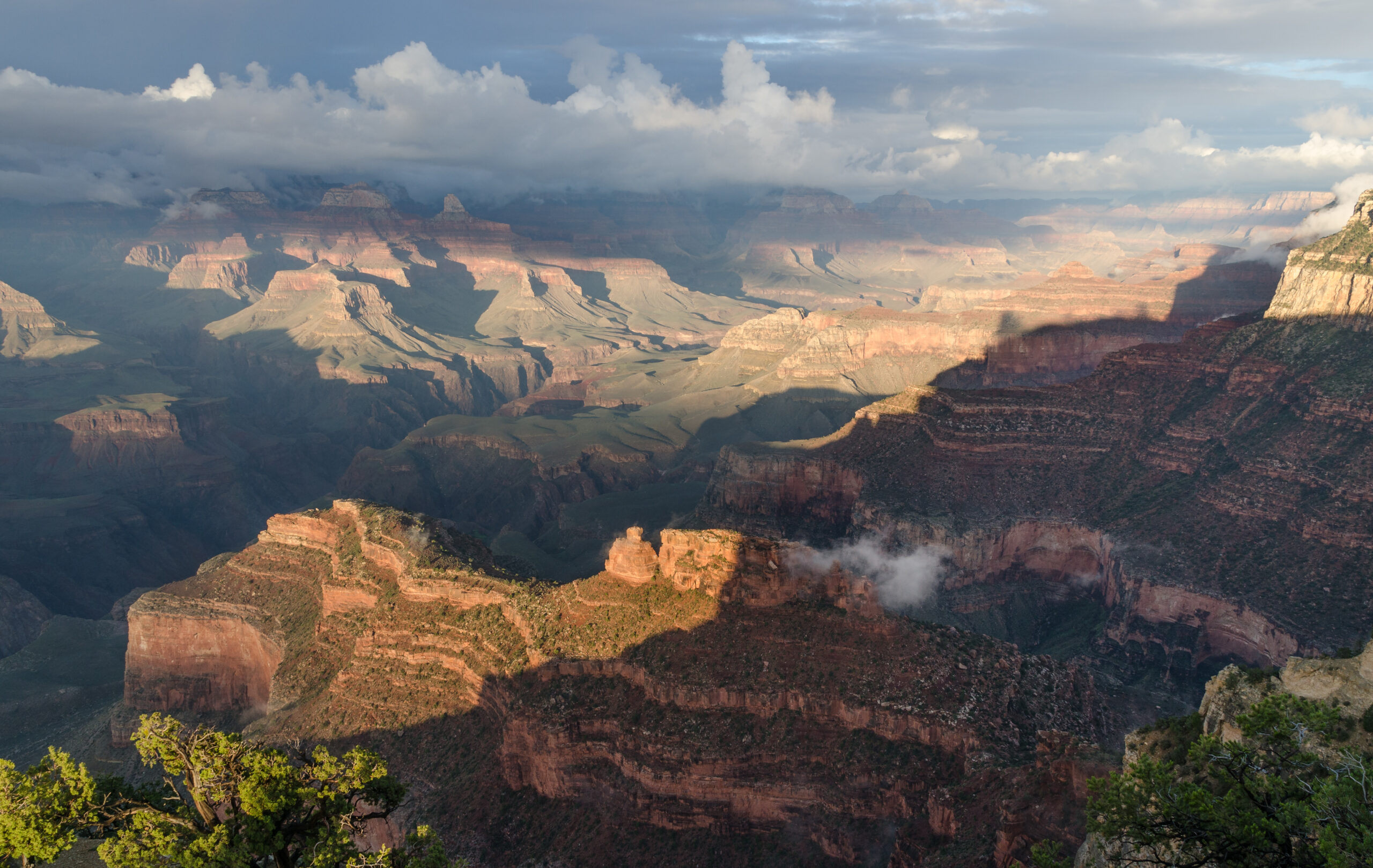Grand Canyon National Park, located in the northern part of Arizona, stands as one of the most iconic natural wonders of the world. Stretching over 277 miles in length, reaching depths of over a mile, and spanning nearly 2 billion years of geological history, the Grand Canyon is a testament to the power of erosion and the enduring beauty of the natural world. This magnificent canyon, carved by the Colorado River over millions of years, attracts millions of visitors each year who come to marvel at its breathtaking vistas, explore its vast wilderness, and immerse themselves in its rich cultural heritage.
One of the most striking features of the Grand Canyon is its sheer size and scale. From the rim of the canyon, visitors are treated to panoramic views of towering cliffs, deep gorges, and winding river valleys that stretch as far as the eye can see. The vastness of the canyon is awe-inspiring, leaving visitors humbled by the immensity of nature’s creation.
The Grand Canyon is also renowned for its stunning geological formations, which reveal a rich tapestry of rock layers, fossils, and ancient landscapes. Each layer of rock tells a story of the Earth’s history, from the ancient seas that once covered the region to the volcanic eruptions and tectonic forces that shaped the landscape over millions of years. Visitors can explore the canyon’s geology through guided tours, ranger-led programs, and interpretive exhibits that highlight the park’s unique geological features and formations.
In addition to its geological wonders, the Grand Canyon is also home to a diverse array of plant and animal life, with ecosystems ranging from desert scrublands to pine forests to riparian habitats along the river. Visitors to the park can discover a wealth of wildlife, including mule deer, bighorn sheep, California condors, and a variety of bird species, as well as countless species of plants, flowers, and trees adapted to the harsh desert environment.
For outdoor enthusiasts, the Grand Canyon offers a wide range of recreational activities, including hiking, backpacking, rafting, and camping. The park boasts an extensive network of hiking trails, ranging from easy walks along the rim to challenging treks into the canyon’s depths. Popular trails include the Bright Angel Trail, South Kaibab Trail, and North Kaibab Trail, each offering unique perspectives and experiences of the canyon’s beauty.
For those looking to explore the canyon from a different perspective, guided rafting trips down the Colorado River offer an exhilarating adventure through the heart of the canyon. Traveling by raft or kayak, visitors can experience the canyon’s towering walls, rushing rapids, and hidden waterfalls, while camping along the riverbanks under the star-filled desert sky.
In addition to its natural wonders, the Grand Canyon is also home to a rich cultural heritage, with a history that spans thousands of years. The canyon has been inhabited by Native American tribes for centuries, who consider it a sacred place and continue to maintain cultural connections to the land. Visitors to the park can learn about the history and culture of the canyon’s native peoples through guided tours, museum exhibits, and cultural demonstrations that celebrate their traditions, art, and way of life.
In conclusion, Grand Canyon National Park is a treasure of natural beauty, geological wonders, and cultural heritage that continues to inspire awe and wonder in all who visit. Whether exploring its vast wilderness, marveling at its breathtaking vistas, or learning about its rich history and heritage, the Grand Canyon offers visitors a once-in-a-lifetime experience that captures the spirit of adventure and discovery. As a symbol of the power of nature and the enduring beauty of the American West, the Grand Canyon remains a timeless icon of the natural world and a testament to the wonders of the Earth.



